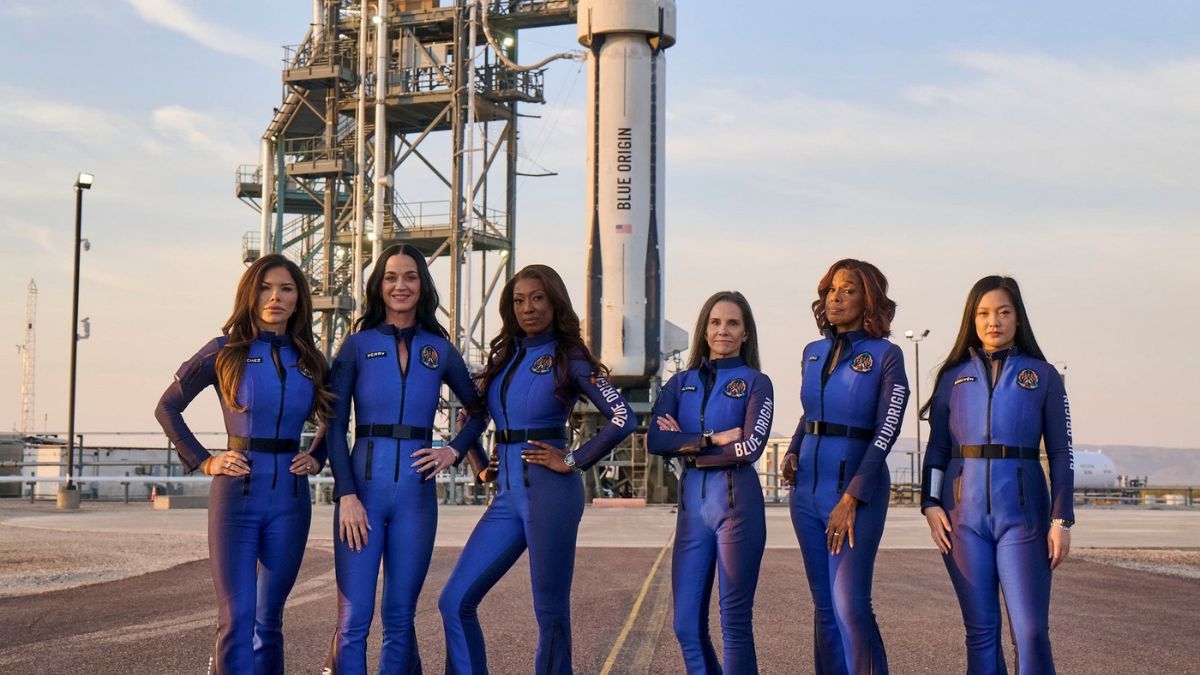The New Space Race: Three Landers, One Ultimate Prize
Three robotic landers are currently en route to the moon, but only one stands out in this high-stakes game of cosmic exploration. Meet Athena—the brainchild of Intuitive Machines, a Houston-based company that made history last year as the first private entity to land safely on the lunar surface. This time, they have bigger ambitions, higher risks, and a mission that could change the future of deep space exploration forever.
Aboard a Falcon 9 Rocket: The Journey Begins
On Wednesday, at exactly 7:16 p.m. ET, a SpaceX Falcon 9 rocket roared to life, propelling Athena toward its lunar destination. Unlike its predecessors, this mission—dubbed IM-2—is gunning for a landing at the moon’s elusive south pole, a region that has scientists and space agencies buzzing with anticipation. Why? Because hidden beneath the craggy, crater-riddled surface might be the key to humanity’s future: water ice.
Water in space isn’t just about hydration—it can be broken down into oxygen (for breathing) and hydrogen (for rocket fuel). If confirmed, it would mean the difference between costly resupply missions from Earth and a self-sustaining lunar outpost. In other words, this mission isn’t just about planting another flag; it’s about laying the groundwork for a permanent human presence beyond Earth.
The Science Arsenal: Rovers, Hoppers, and Drills
Athena isn’t going in empty-handed. Onboard, it carries an impressive suite of technology, including a robotic drill, a tiny rover, and an innovative “hopper” named Grace. The goal? To scan, scrape, and analyze the moon’s surface for signs of ice and other valuable resources.
As Intuitive Machines CEO Steve Altemus put it, “This is a much more complex, dynamic, and ambitious mission.” And he’s not exaggerating. Unlike its predecessor, Odysseus (nicknamed “Odie” by engineers), which landed somewhat awkwardly and tipped over on the lunar surface, Athena must perform a much more precise and technically demanding touchdown.
The Second Attempt: Lessons from Odie’s Bumpy Ride
Last year, Intuitive Machines’ first lunar mission, IM-1, made history by successfully landing a spacecraft on the moon—a feat that nearly half of all lunar missions fail to accomplish. But the victory wasn’t flawless. Due to an overlooked issue with its rangefinder (a laser used to measure altitude), the mission nearly ended in disaster. Engineers scrambled, repurposing an experimental NASA payload as an impromptu guidance system, and against the odds, Odie touched down near the Malapert A crater.
Unfortunately, the lander’s touchdown was far from perfect. It landed sideways, one of its legs buckling on impact. While it still managed to transmit crucial scientific data, its lifespan was cut short. This time, Intuitive Machines isn’t leaving anything to chance.
Destination: Mons Mouton—The “Goldilocks Zone”
Athena is aiming for an even trickier landing site: Mons Mouton. This plateau, near the lunar south pole, is one of the most promising sites for future space settlements. Why? Because it offers just the right balance of sunlight for power and access to shadowed craters where water ice might be trapped.
But navigating to this spot is no walk in the park. “IM-2 has to be a lot more accurate than IM-1,” explained navigation lead Mike Hansen. “Last time, we had a kilometer-wide margin of error. This time, we’re down to 50 meters.” In the unforgiving vacuum of space, those numbers are razor-thin.
The Final Descent: A High-Risk, High-Reward Gamble
Once Athena separates from its Falcon 9 rocket, it will begin what Altemus describes as a “high-energy fastball pitch” toward the moon. The journey will be tense—especially during the spacecraft’s first major test: firing its engine in deep space to adjust its trajectory.
And then comes the nail-biter—the final descent.
As Athena closes in on Mons Mouton, it will have to dodge an obstacle course of craters, boulders, and treacherous slopes. If it succeeds, the lander will deploy its robotic explorers: the drill will dig for ice, the hopper will leap into shadowed craters, and the rover will roll out, collecting data that could redefine our understanding of the moon.
The Bigger Picture: Why This Mission Matters
This is about more than just bragging rights. The data from Athena’s mission could be the missing puzzle piece in NASA’s long-term goal of establishing a permanent lunar base. If successful, it will prove that private companies can conduct resource-gathering missions—something that was once the sole domain of government space agencies.
Meanwhile, other nations are watching closely. China has its sights set on the lunar south pole, and Russia is eyeing a return to the moon. The competition is heating up, and the stakes are nothing short of the future of space colonization.
The Countdown Begins
With an expected landing date of March 6, the world will be watching as Athena makes its descent. Success would be another leap forward in human space exploration; failure would be a costly setback in an increasingly competitive space race.
Either way, one thing is certain: the fight for the moon’s resources has begun, and it’s only getting started.




